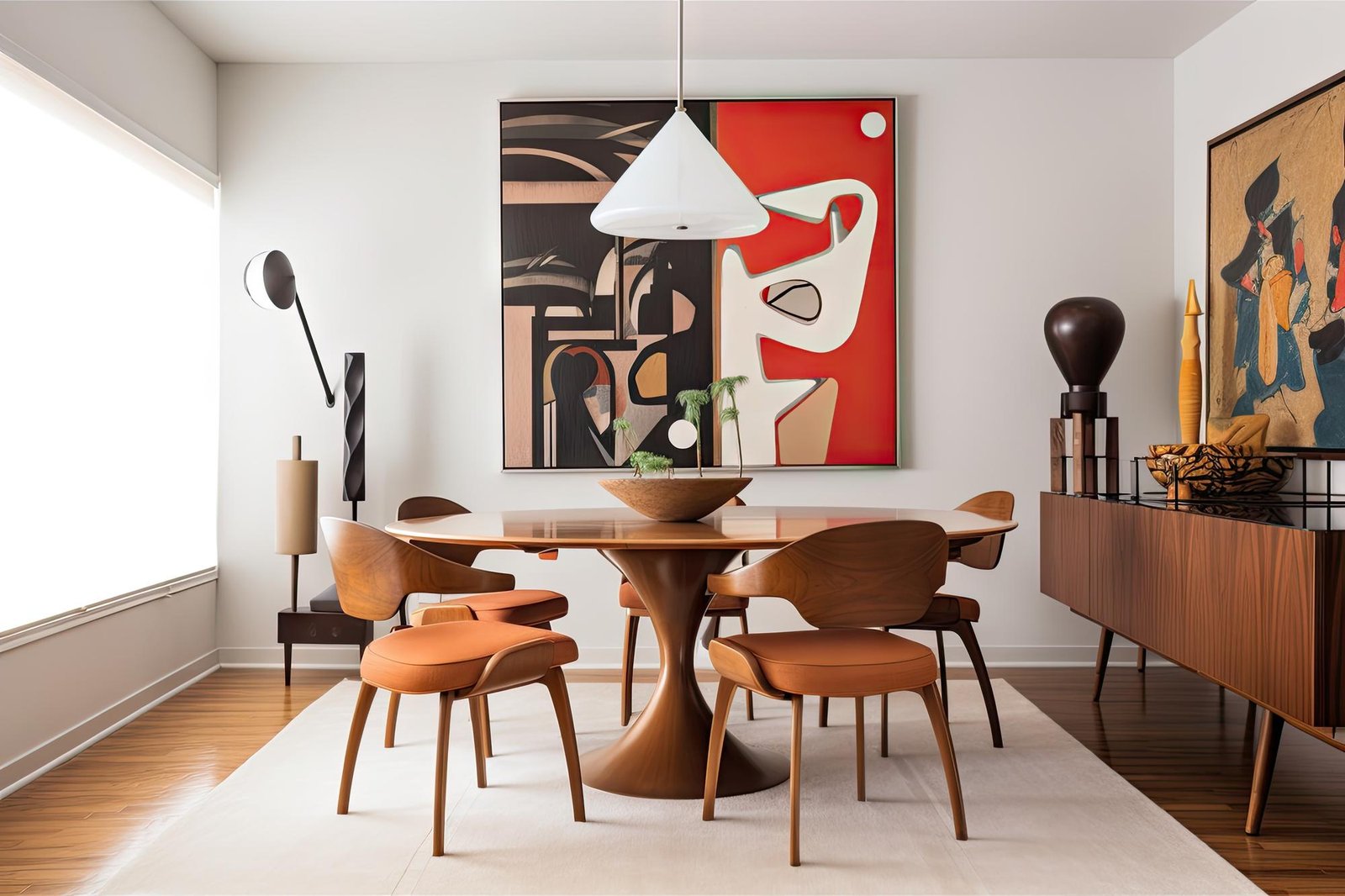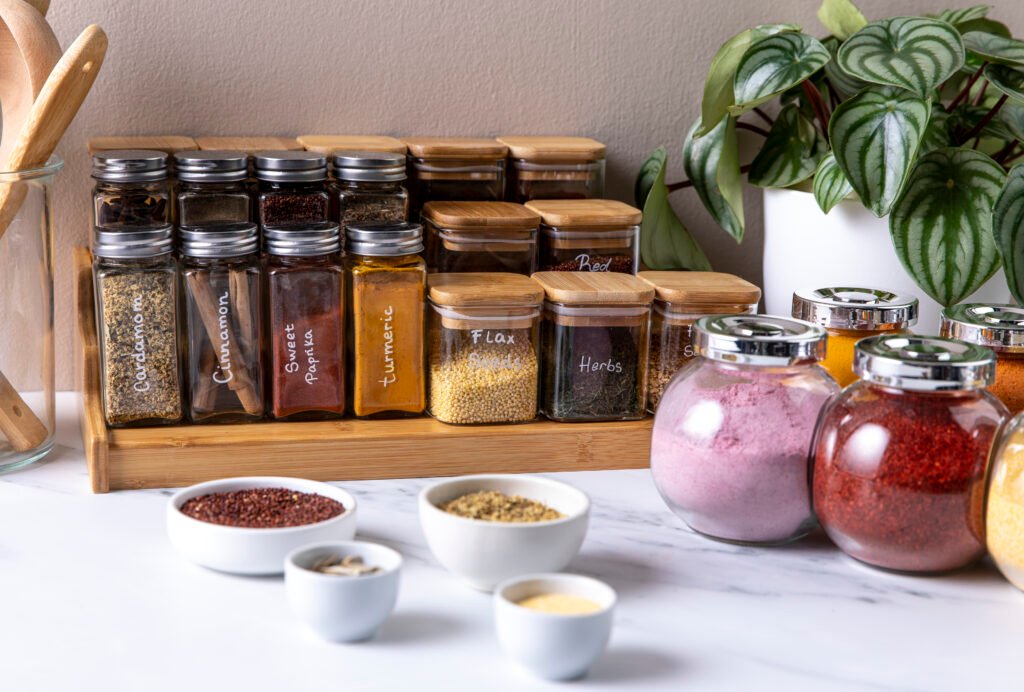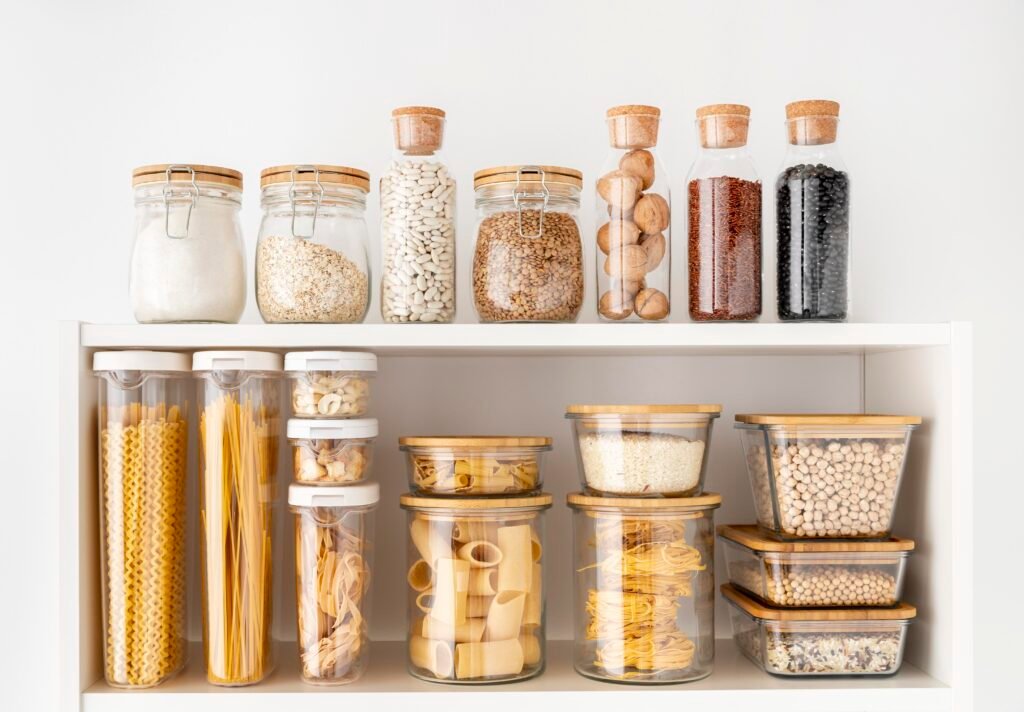Are you ready to get thrown back in time? To the timeless Mid-Century Modern interior era, a style loved for its enduring appeal. The clean lines, cozy colors and nostalgic feel can raelly enhance the look of your home. In this article, we’ll take a look at the origins of this design style,, its features and how you can incorporate this style into your own living space. Let’s get started!

The History Behind Mid Century Modern Interior
Mid-Century Modern interior finds its origins in the middle of the century, during the period spanning from the 1930s to the 1960s. It emerged following World War II as a reaction to the shifting cultural dynamics of that era. Emphasizing functionality, simplicity, and creativity, Mid-Century Modern interior aimed to infuse homes with a feeling of hopefulness and advancement.
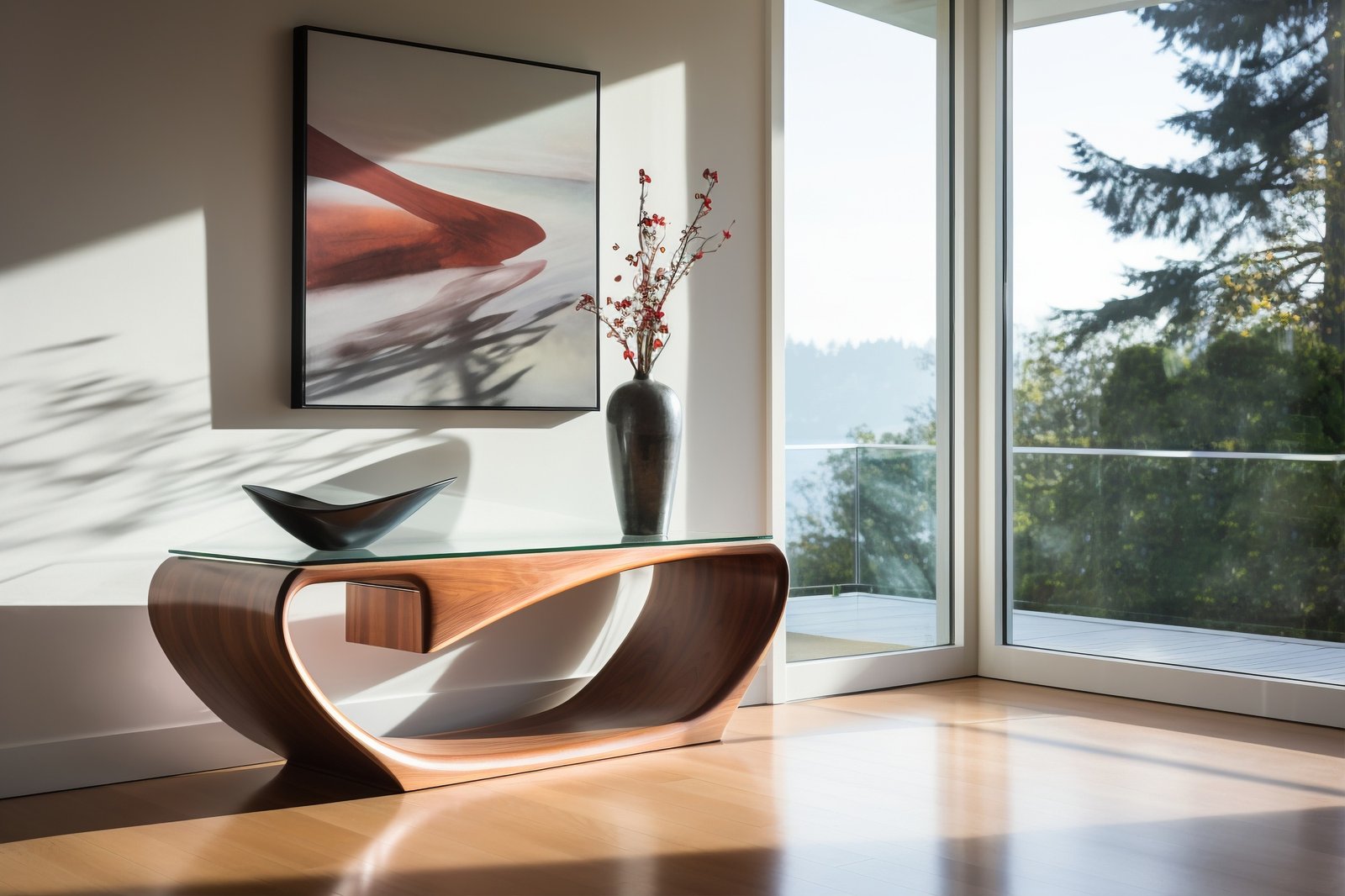
Key Characteristics of Mid Century Modern Interior
Let’s discover the key characteristics defining this beautiful style, as well as a few tips to help you introduce this style into your home for a Mid-Century modern look.
- Choose clean lines
- Incorporate organic forms
- Prioritize functionality without sacrificing style
- Embrace bold colors
- Experiment with mixed materials

1. Choose clean lines
Key Characteristics of Mid-Century Modern Interior
When you are designing your Mid-Century modern home, start with implementing clean lines into the basics of the design. Clean lines will exude a feeling of simplicity and sophistication. When choosing furniture, opt for items with contours and discrete embellishments. In addition, add a standout piece, such as a couch or a dining table that is inspired by the mid-century era and includes most of the key characteristics. This will establish the overall ambiance for your interior design scheme.

2. Incorporate organic forms
Key Characteristics of Mid-Century Modern Interior
Another thing to consider while decorating your Mid-Century home is to incorporate organic forms. Draw inspiration from the world designers of the Mid-Century modern era who incorporated forms and gentle curves into their homes. Introducing shapes into your furniture is a way to enhance your space. For instance, incorporate chairs with boasting arched backs or a coffee table with rounded edges. This is a way to soften the appearance of the overall aesthetic of the home and create a welcoming ambiance.

3. Prioritize functionality without sacrificing style
Key Characteristics of Mid-Century Modern Interior
While creating an aesthetically pleasing Mid-Century home, it’s also important to prioritize functionality. However, when doing so, remember not to sacrifice style, but to mix the two.
When choosing furniture for your home, instead of just considering the aesthetic of the piece, think about what kind of function it will serve. Will it be solely for aesthetics? Then skip it. However, if it will actually add to the functionality of the home, consider purchasing it. For instance, consider pieces like a storage ottoman or modular shelving units. These are pieces that will help you make the most of your space while also maintaining a unified appearance.

4. Embrace bold colors
Key Characteristics of Mid-Century Modern Interior
Another key characteristics of the Mid-Century modern era is bold colors. Embrace colors like bold oranges, yellows, teals and greens. They will all bring a playful, yet elegant vibe into your room. Infuse your home with these colors by adding bursts of color with decor elements such as cushions, rugs and artwork. When choosing colors, opt for colors inspired of nature, such as mustard and olive green. This is a way to capture the nostalgic allure of that era.

5. Experiment with mixed materials
Key Characteristics of Mid-Century Modern Interior
In Mid-Century Modern interior design, the style effortlessly combines materials like wood, metal, and glass to achieve a balanced contrast that brings captivating visual appeal to the room. By experimenting with different materials and introducing both different textures and layers, you create a sense of depth in your living space. For instance, add elements like brass fixtures or glass surfaces.
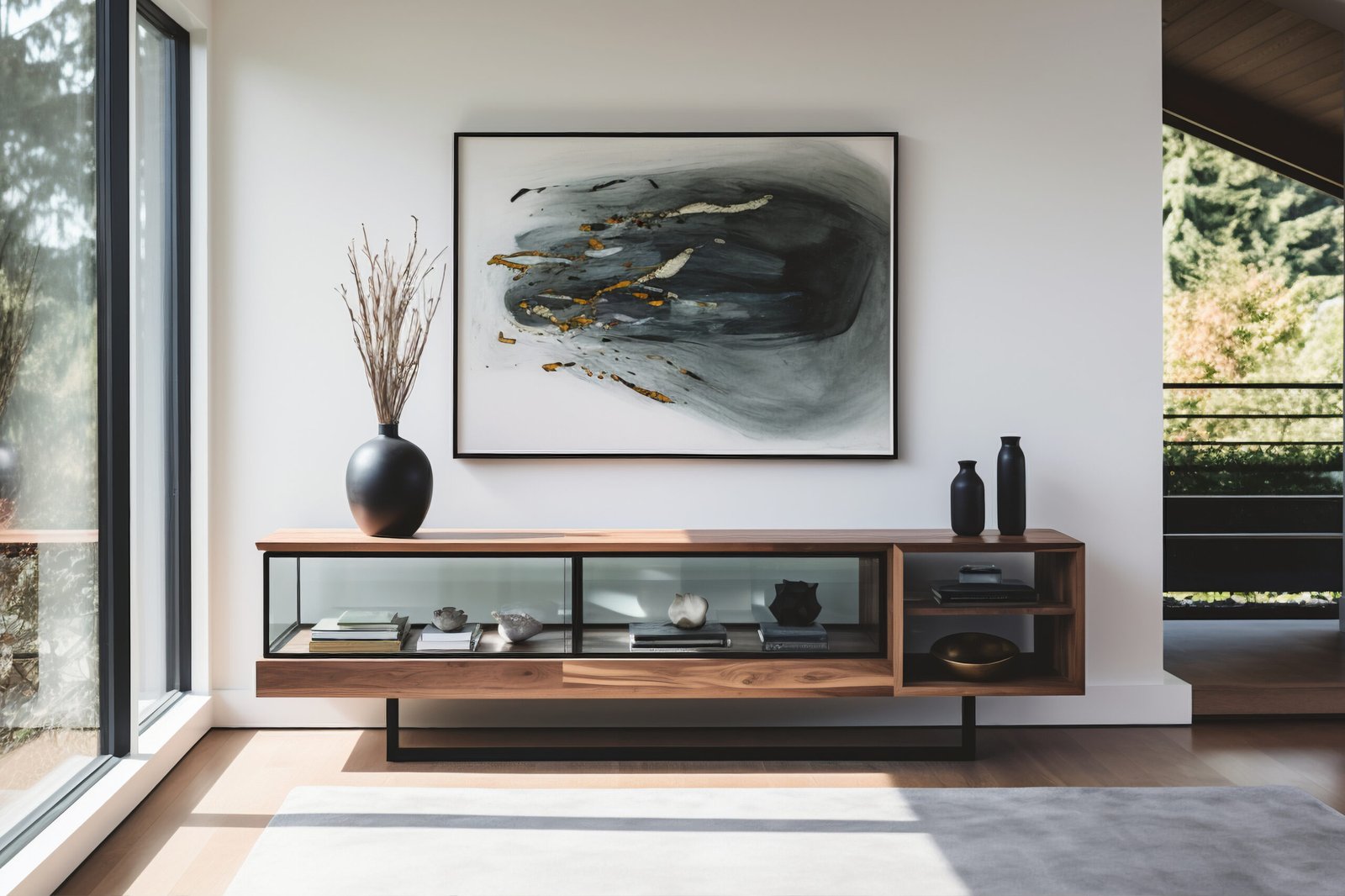
Conclusion
In conclusion, Mid-Century Modern interior design is a style that remains a source of inspiration for both homeowners and designers. With its enduring allure and classic elegance, it adds depth and interest to every space. By infusing the features of this style into your home, you create a living space that mirrors your individual preferences while celebrating a design style that has endured through the ages. So, what’s your favorite part of this style? Is it the colors? Or maybe the soft shapes? Please share your thoughts in the comments, and happy decorating!

